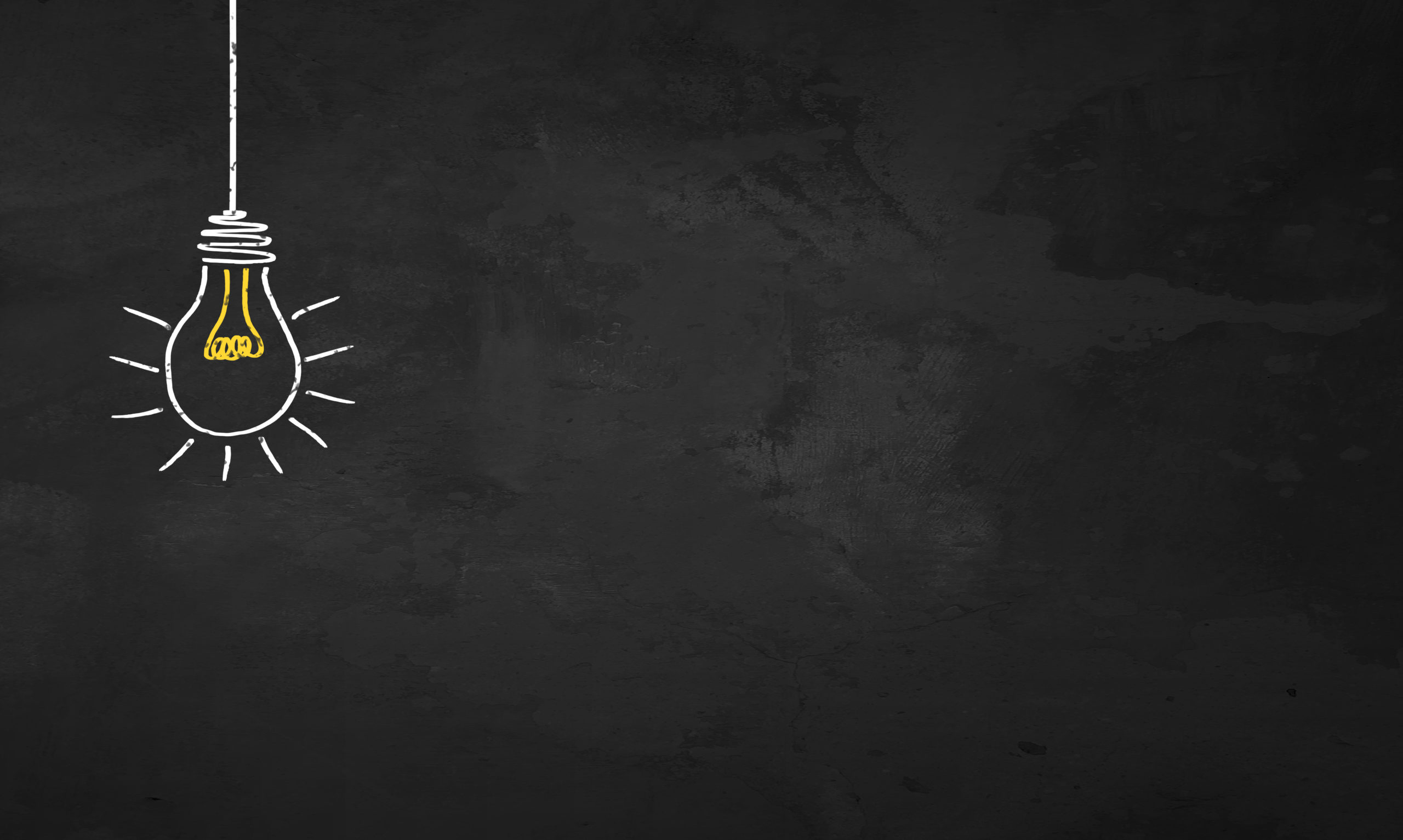Congress on Friday passed and the President signed into law a $2 trillion package that will send assistance to Minnesota families, workers and small businesses to address the economic fallout of the coronavirus pandemic. It also aims to bolster the ability of hospitals and health care workers to deal with the coming surge in need for health care services. It is known as the CARES Act, which stands for Coronavirus Aid, Relief, and Economic Security.
Here are responses to frequently asked questions:
Will it help schools in Minnesota?
- The stimulus bill provides $30 billion to stabilize K-12 schools, colleges and universities in Minnesota and across the country as they respond to coronavirus and transition to distance learning.
What does the new law do to help childcare providers?
- The new law provides $3.5 billion to support childcare in Minnesota and across the country. Funds will go Minnesota and other states to support frontline health care workers, emergency responders, and other essential personnel who need childcare services.
How much will Minnesotans receive in stimulus payments?
- Most households with incomes under $150,000 ($75,000 for singles) will receive $1,200 per adult and $500 per child from the Department of Treasury.
- Payments will phase out for those with incomes between $150,000 and $198,000 for couples (the phase out starts at $75,000 for singles). Couples whose incomes exceed $198,000 will not be eligible for payments.
How will Minnesotans get their payments?
- The funds are expected to arrive automatically via mail or direct deposit in the coming weeks and will go to those who filed a tax return for tax years 2018 or 2019, and automatically for most people on Social Security.
- Those who didn’t file a return, or aren’t on Social Security, will have to file a tax return to get the funds.
- No income tax will be owed on these payments.
How does the new law help people who have been laid off due to the pandemic?
- Workers receiving unemployment benefits will get the normal weekly benefit plus an additional $600 per week, until the end of July. Together, this is enough to replace 100% of lost wages for a large portion of workers, especially lower-income workers.
- The length of time workers can receive unemployment benefits is increased by an additional 13 weeks.
- Unemployment insurance has been expanded to cover part-time workers, the self-employed, and many other workers who aren’t eligible for traditional unemployment insurance.
- While these additional funds come from the federal government, they are passed on to the State of Minnesota, which administers Unemployment Insurance (UI) benefits. Learn more about applying for UI in Minnesota.
How does this law help struggling small businesses?
- The Stimulus package’s Paycheck Protection Program pays for two months of employee wages for small businesses that keep workers employed or rehire those who have been laid off. It also provides funding for rent, utilities, and similar expenses. These funds do not need to be paid back if employees are kept on the payroll or rehired.
- Under the stimulus package, the Small Business Administration can provide small businesses with up to $10,000 in grants (usually on the day of application) that don’t need to be repaid, plus provide additional access to loans for businesses in need of funding. Apply here.
- Small businesses with existing SBA loans will receive six months of forgiveness of their current loans, including principal, interest, and fees. This forgiveness is also available for borrowers to take certain new SBA loans in the next six months.
- Additional resources are available for Small Business Development Centers, Women’s Business Centers, and Minority Business Development Agency Business Centers.
- For businesses who don’t use the Paycheck Protection Program, the law provides employee retention tax credits to support a portion of an employer’s payroll expenses for certain workers.
What supports are included for hospitals and health systems?
- The stimulus bill includes $100 billion for hospitals across the country to prepare for and handle the surge in demand. Funds will pay for temporary hospital structures, specialized medical equipment, personalized protective equipment, and testing supplies.
- Funds will also go to emergency Medicare funding for critical access hospitals in rural Minnesota.
- More than $27 billion will help health systems develop and purchase COVID-19 tests, vaccines, and therapeutics and invest in telehealth infrastructure.
- Provides a $1.32 billion increase in funding for Community Health Centers to support Minnesota’s 17 community health centers deliver care at over 70 sites across the state.
- Extends federal funding for Minnesota’s Certified Community Behavioral Health Centers (CCBHCs).
- Provides regulatory flexibility to expand access to telehealth services, protecting both patients and providers during this period of social distancing.
- Includes a $16 billion increase in funding for the Strategic National Stockpile to expand the national supply of personal protective equipment and diagnostic tests.
- FEMA will receive $45 billion to provide immediate relief to state, local, tribal, and territorial governments for medical response, personal protective equipment, and deployment of the National Guard.
- Provides $1 billion for Defense Production Act to bolster supply chains for personal protective equipment, ventilators, and other needed medical supplies.
How will it benefit state governments, local governments, and Tribal governments?
- It includes a total of $150 billion to help states, local governments and tribal governments cover the costs of necessary expenses due to the coronavirus outbreak.
- Minnesota will receive funding directly from the U.S. Treasury within 30 days of enactment, and localities with a population over 500,000 can also apply directly to the Treasury to receive their relative share by population of Minnesota’s allocation.
- $8 billion is reserved for a tribal relief fund. The U.S. Treasury will develop a funding distribution model so that tribal governments and tribally-owned entities can receive funding.
Do I still have to pay back my student loans?
- Federally held student loan payments are suspended through September 30. No interest will accrue during this time.
- Borrowers on income-driven repayment plans, or those working towards Public Service Loan Forgiveness will still be able to count the suspension time towards progress under those programs.
………………………………
Stay Connected
Stay apprised of resources and news on COVID-19 for schools at: MREAvoice.org/covid19





